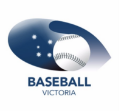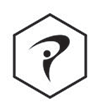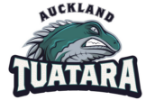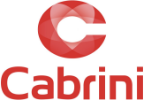What is Shoulder Impingement?
As we age, bone spurs (bone growth) can develop on a part of the shoulder blade called the acromion. This can then cause irritation to other tissues of the shoulder.
A bursa is a small fluid filled sack (imagine a small water balloon) that surrounds a lot of joints. Repetitive irritation of the bursa can lead to a condition called bursitis (inflamed bursa).
The inflamed bursa or the bone spur can further irritate tendons which pass through the area, leading to tendon swelling and ‘wear and tear’.
Posture plays a big role in shoulder dysfunction.
Modern society revolves around a lot of desk bound and mobile technologies. Combined with relaxation activities, the rounded posture that evolves puts a lot of pressure on the shoulder complex, closing down the space through which the tendons run.
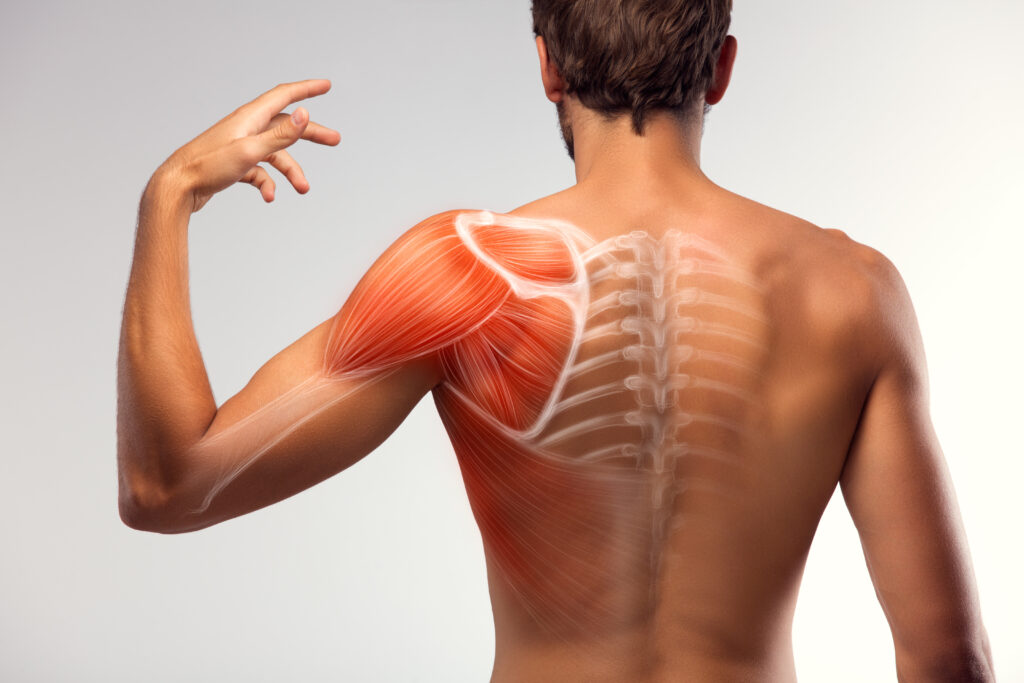
Treatment
There are many joints in the shoulder. It is better understood as a ‘complex’, composed of a number of different structures.
- The shoulder blade (scapula)
- The collar bone (clavicle)
- The arm bone (humerus)
- The joints that link each of these structures together.
Treatment for shoulder instability first requires the correct diagnoses. Following an assessment, further investigations may be required such as an xray or scan such as an ultrasound or MRI, to assist with confirmation.
In order to reach with your arm, particularly above shoulder height, each of the joints that contribute to the shoulder ‘complex’ must work as a team. Soft tissues (muscles, tendons, ligaments) have a large role to play in facilitating this ‘teamwork’. Where there is a deficit in any of these tissues, pain and movement limitation can result.
Conservative Treatment
Usually following an acute or chronic injury to the shoulder, rest and occasionally immobilisation is required. Following this a progressive gentle range of motion and strengthening program can commence to help resolve the dysfunction.
Exercises will be based upon re-educating the muscles of the neck, shoulder and thorax so they work in unison to provide the necessary control to guide the shoulder through the activity.
Strengthening and proprioception exercises are important to assist the shoulder to function and reduce the risk of re-injury.
Commonly postural advice is often included as this can be a major factor in the shoulder dysfunction.
In a world where we sit and work with technology, bad habits too often lead to injuries. Occasionally shoulder and arm pain can originate from the neck or upper back. The therapist will be able to assess and treat this should it be contributing to the problem.
Alternative therapies such as remedial massage can help to relieve the tensions of the shoulder, neck and back that may be contributing to pain and discomfort. Headaches and loss of sleep are common side effects to shoulder dysfunction due to stresses on other parts of the body because of the shoulder.
Shoulder injuries generally take a long time to get better, especially if there is a tendon injury. your clinician will guide you through a time line, but be patient as it can take 6 months or more.
Surgical Treatment
When tissues have a poor healing capacity, surgery may be required to reduce pain, restore movement. This enables a return to home, work and leisure activities.
In some circumstances, tissues simply need to be trimmed or ‘tidied up’, to reduce irritation and improve comfort. In other circumstances, tissues need to be repaired or reconstructed.
Shoulder reconstructive surgery is performed in order to re-site damaged tissue in order to provide joint stability, especially when it is unlikely to occur naturally.
Shoulder surgery can be performed either arthroscopically or via an open procedure.
Depending upon the type of operation performed, you may be required to protect your arm for up to 6 weeks post surgery.
You will then commence a progressive range of movement and strengthening program much like you would do with a conservative program.
Recovery from shoulder surgery can take 6 to 12 months depending upon the procedure performed.
Glenferrie Sports and Spinal Clinic is located in Hawthorn. Situated conveniently near public transport and with convenient parking it is central to Camberwell, Kew, Richmond, Toorak and Malvern.
For appointments call 03 9815 2555, or book online here


